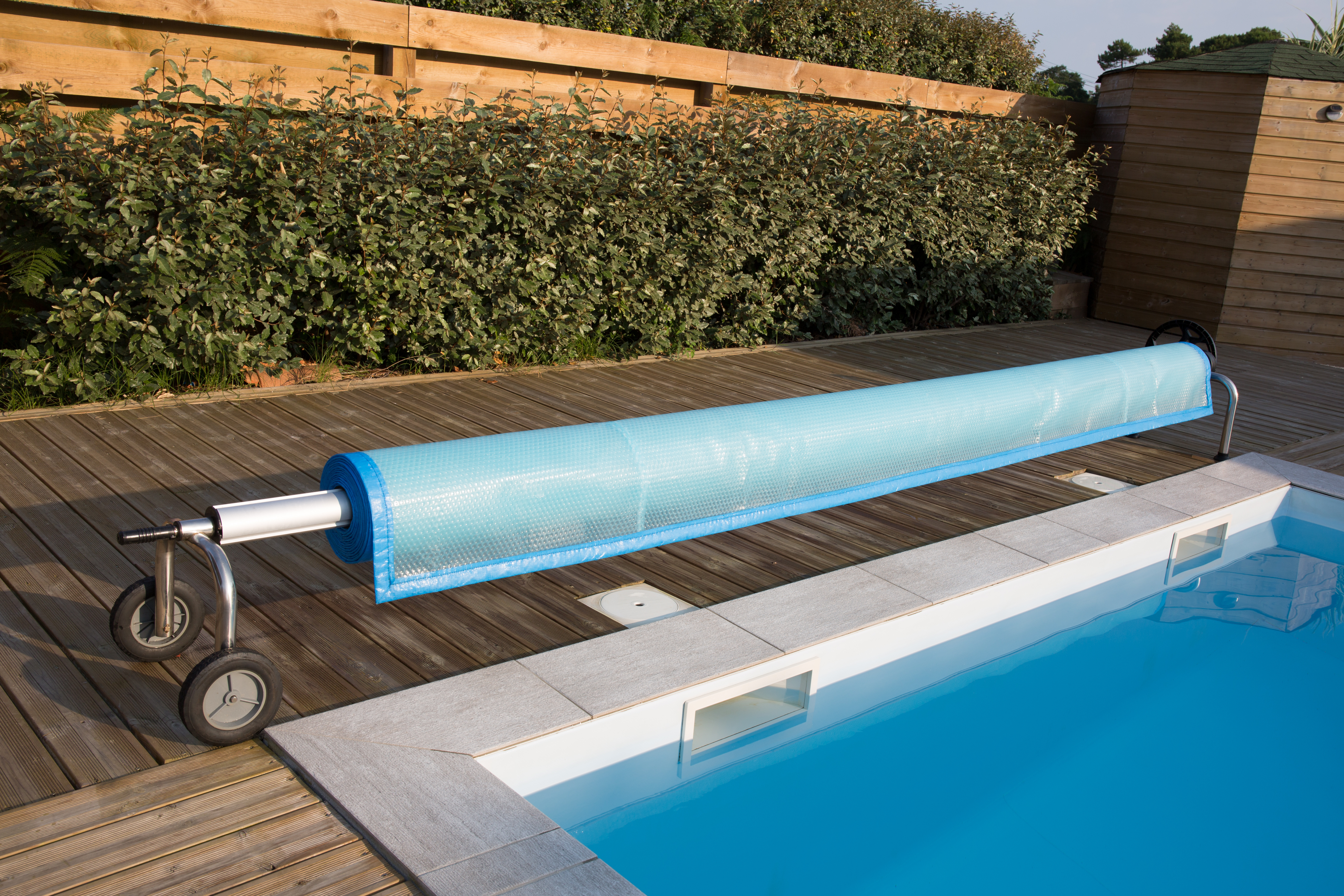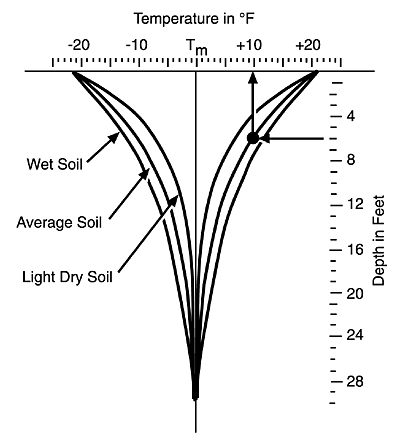I am planning to make small in-ground pool:
Lenght: 4m (13 feet)
Width: 2m (7 feet)
Depth: 1.2m (4 feet)
The project is a `budget` one also for a reason we just want to try it to see if we even like it (we have small backyard)
I was sniffing around this forum and learnt that most of the people prefer to use concrete / gunite for floor base or cinder blocks for walls (of course reinforced with rebars), f.e.x.:
DIY Concrete Block Soaking Pool - In Progress, Advice Welcome!
But ... for a shallow pool like mine, where the max pressure at the bottom of the pool would be just: 12kPa (or: 1.75 psi) - isn't that overkill?
I saw people making structures from plywood or cement boards (of course waterproofed either by epoxy sealer or any other way like bitumen) in wooden frames (f.e.x.: 2x6 inch pressure treated lumber) or reinforced in any other way, f.ex: wiring or epoxy / fibre glass.
It seems much easier to work with and form to own wish (inlet, out, skimmer holes). It is also easier to destroy in case kids are bored with a pool or it turns out not to be good idea.
At the moment my plan is:
1. Dig a pitch deep enough
2. Geotextile + 4 inches of crushed rock (stabilising) at the bottom.
3. 2 or 4 inches of XPS insulation on top of a rock for bottom insulation and at the outside of the walls (idea stolen from: Insulating the pool)
4. Plywood or cement boards (on top of the XPS and outside walls layer) for floor and walls construction (wooden beams, joists, etc..)
5. epoxy / fiberglass liner or tiles (I am already aware of special filler / glue needs for tiles in the pool).
6. Backfil with crushed rock or other material (which would drain well).
Does it make sense / would that work?
It seems (in theory) that this could have some benefits:
1. Better drainage - as having crushed rock at the bottom without concrete base would drain water out better
2. Easier to work with (I am planning to do it as a hobby project alone in a spare time) - no need to order or make lots and lots of concrete, lighter materials, etc...
3. Easier to disassemble
If it has any sense, some other questions:
1. What is the most optimum way to waterproof / treat wooden parts (and plywood), f.ex.: will bitumen be enough?
2. Is it better to insulate inside or outside walls?
Other questions I have is:
1. Many people recommend grounding the pool structure itself (wiring rebars inside concrete structure and grounding them) - what is the point of that, since water inside the pool does not electrically connect with the structure (isolated with liner)?
2. In case of building walls with cinder blocks - is it OK to reinforce with rebar only deeper parts of the walls (where pressure is higher)? This would make destroying / cover it with soil easier in case I decide to bury it?
Enough for a first post - and apologies in case it is out of place as well (not sure if it is the best forum group)?
Lenght: 4m (13 feet)
Width: 2m (7 feet)
Depth: 1.2m (4 feet)
The project is a `budget` one also for a reason we just want to try it to see if we even like it (we have small backyard)
I was sniffing around this forum and learnt that most of the people prefer to use concrete / gunite for floor base or cinder blocks for walls (of course reinforced with rebars), f.e.x.:
DIY Concrete Block Soaking Pool - In Progress, Advice Welcome!
But ... for a shallow pool like mine, where the max pressure at the bottom of the pool would be just: 12kPa (or: 1.75 psi) - isn't that overkill?
I saw people making structures from plywood or cement boards (of course waterproofed either by epoxy sealer or any other way like bitumen) in wooden frames (f.e.x.: 2x6 inch pressure treated lumber) or reinforced in any other way, f.ex: wiring or epoxy / fibre glass.
It seems much easier to work with and form to own wish (inlet, out, skimmer holes). It is also easier to destroy in case kids are bored with a pool or it turns out not to be good idea.
At the moment my plan is:
1. Dig a pitch deep enough
2. Geotextile + 4 inches of crushed rock (stabilising) at the bottom.
3. 2 or 4 inches of XPS insulation on top of a rock for bottom insulation and at the outside of the walls (idea stolen from: Insulating the pool)
4. Plywood or cement boards (on top of the XPS and outside walls layer) for floor and walls construction (wooden beams, joists, etc..)
5. epoxy / fiberglass liner or tiles (I am already aware of special filler / glue needs for tiles in the pool).
6. Backfil with crushed rock or other material (which would drain well).
Does it make sense / would that work?
It seems (in theory) that this could have some benefits:
1. Better drainage - as having crushed rock at the bottom without concrete base would drain water out better
2. Easier to work with (I am planning to do it as a hobby project alone in a spare time) - no need to order or make lots and lots of concrete, lighter materials, etc...
3. Easier to disassemble
If it has any sense, some other questions:
1. What is the most optimum way to waterproof / treat wooden parts (and plywood), f.ex.: will bitumen be enough?
2. Is it better to insulate inside or outside walls?
Other questions I have is:
1. Many people recommend grounding the pool structure itself (wiring rebars inside concrete structure and grounding them) - what is the point of that, since water inside the pool does not electrically connect with the structure (isolated with liner)?
2. In case of building walls with cinder blocks - is it OK to reinforce with rebar only deeper parts of the walls (where pressure is higher)? This would make destroying / cover it with soil easier in case I decide to bury it?
Enough for a first post - and apologies in case it is out of place as well (not sure if it is the best forum group)?
Last edited:




